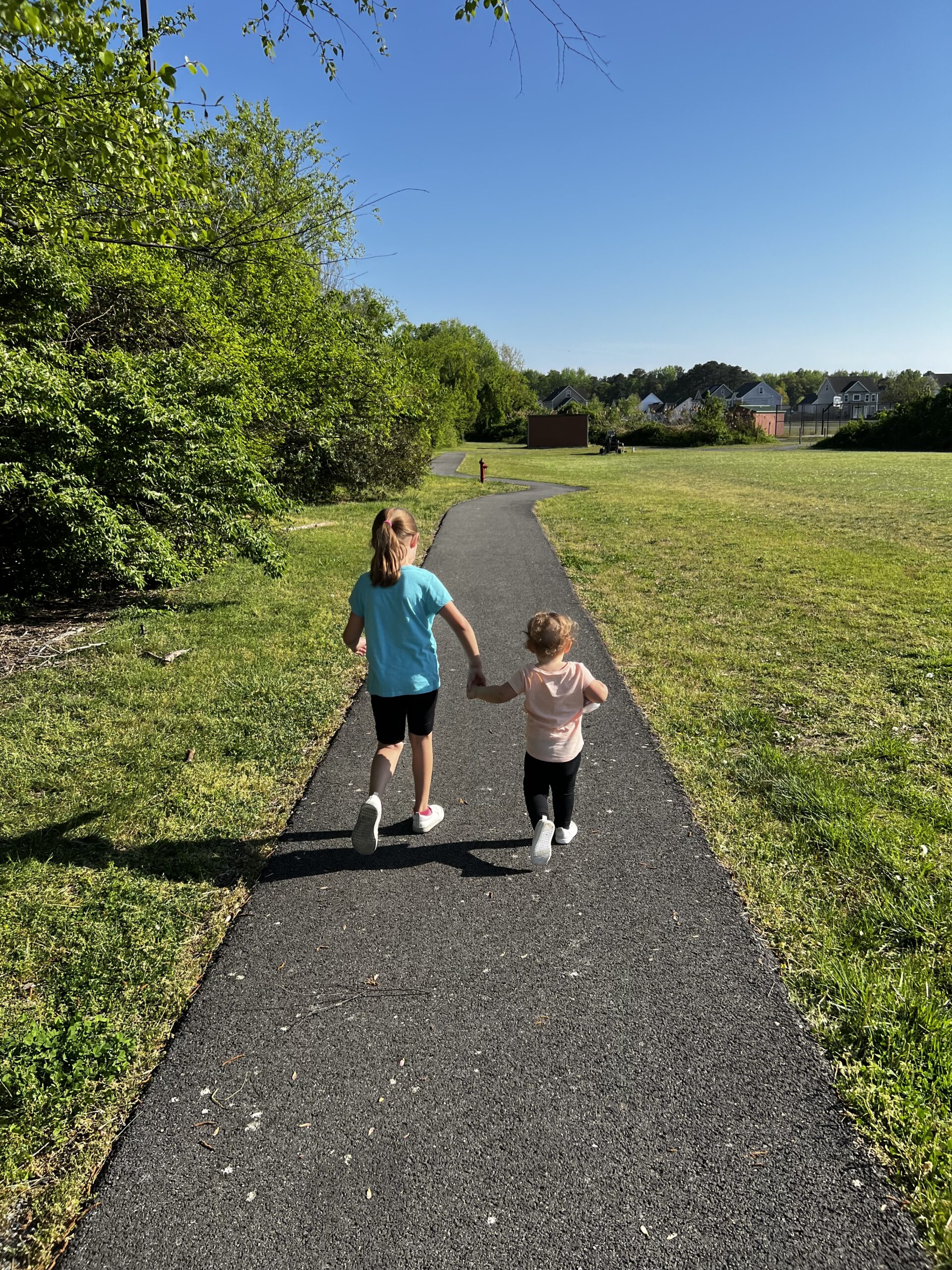- Rube Goldberg machine
- Build a pillow tower
- Create a catapult
- Build a boat
1. Rube Goldberg was an American cartoonist who designed incredibly complicated contraptions to solve everyday problems. Some crafty people have created real Rube Goldberg machines and recorded them for the entire world to see on YouTube. Oftentimes a ball will roll through a track, tipping some dominos that pull down on a lever. The lever might pull up a string, which will flip a switch that can turn on a light bulb. Obviously, a lightbulb isn’t a complicated gadget to operate on its own, but a Rube Goldberg machine makes it a ton more fun! You can create them with any household objects you have laying around and it can be designed to accomplish any task you can imagine.

When Covid shut down the schools in 2020, I was still required to offer activities to the students in my Gifted and Talented classes. Since my assignments were optional, I had to get creative to get my students to buy into anything I was sending their way. At this time, I was working at two schools in third, fourth and fifth grades. I had somewhere around 50 students who were receiving my assignments, and only three of them opted to do the Rube Goldberg machine. They sent me videos of their projects and those videos have become some of my favorite teaching memories. The joy that emanated in their videos was palpable. One student sent marbles down a run, which dropped into a bucket, releasing pool balls that knocked down dominos, which rang a bell. I learned later that he had taken the video around 18 times before it worked correctly. Another student had her father help her create an elaborate contraption using a ladder and pieces of hose to allow a watering can to tip, watering the flowers. She created a slideshow to share her many failed attempts. The third student got her brother and sister involved, and they created a contraption that filled a bird feeder with birdseed. The best part about a project like this is that there are absolutely no rules or limitations. Dream big and be prepared to persevere. It probably won’t work perfectly on the first (or second or third) try, but it will be worth it to stick with it. The feeling of accomplishment that comes with success in a project like this is unmatched.
2. A pillow tower seems simple until you actually begin working on it. Set a goal to make it taller than the student. They are going to need to have a lot of pillows or some crafty ingenuity. A secret parent tip to get your tower to stand tall is to give it a wide base. Be sure to keep that to yourself when the children first begin. It will be much more meaningful for them to figure that out on their own. You can get creative as to what you can count as a pillow. Do throw pillows count? Tooth Fairy pillows, Squishmallows? Whatever you choose, let the kids work without giving them any guidance. They will find a way to make it work.
3. A catapult was used in ancient civilizations as a weapon of war. Modern civilizations use them to hurl pumpkins across fields. Kids can use them to throw marshmallows or cotton balls. Have children do some quick research on the functions of catapults and let them find some objects around the house that could work. Popsicle sticks, pencils, and rubber bands can all contribute to a good catapult, but there really are no limits. My favorite part of STEM projects is the productive struggle. Give them time to figure out if there might be a better way to accomplish their goal. Engineers rarely have success on the first try. Encourage kids to keep trying. Perseverance is an important (and difficult) lesson for anyone to learn.
4. Building a boat that floats and can hold a weight can keep kids busy for hours. Have children experiment with different materials for the boat and different weights for it to hold. Some successful materials include foil, craft foam, or popsicle sticks, but I would encourage you to dig through your cabinets (or recycling bins) and just use what you already have. Weights could include pennies or a collection of small toys (Hatchimals, Doorables, Lego Mini-Figures) that can be repeatedly added. For an added educational experience, students can research buoyancy and density before engineering their boat. This could give them a little added science and physics lesson without them even realizing it.





